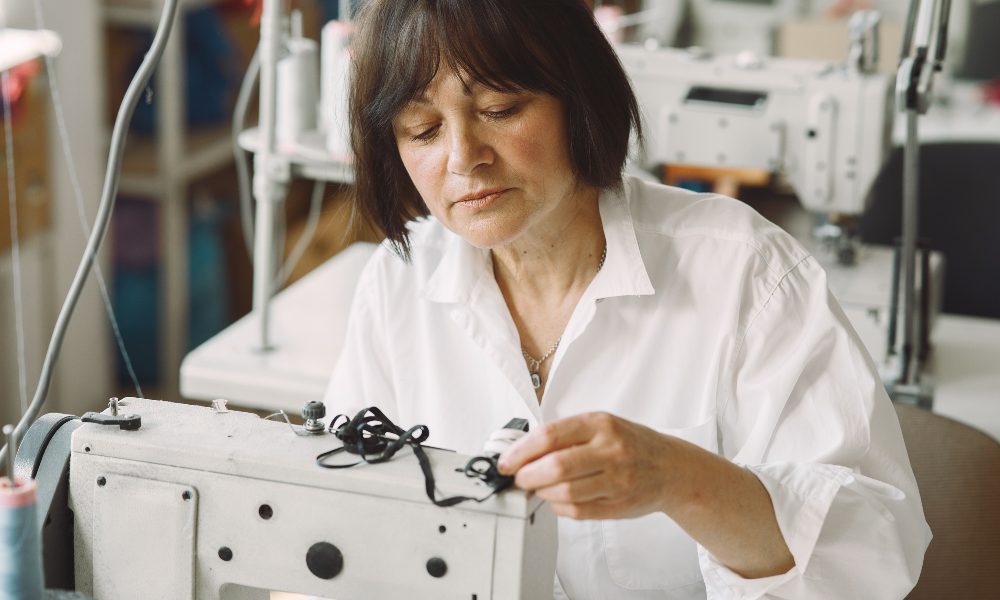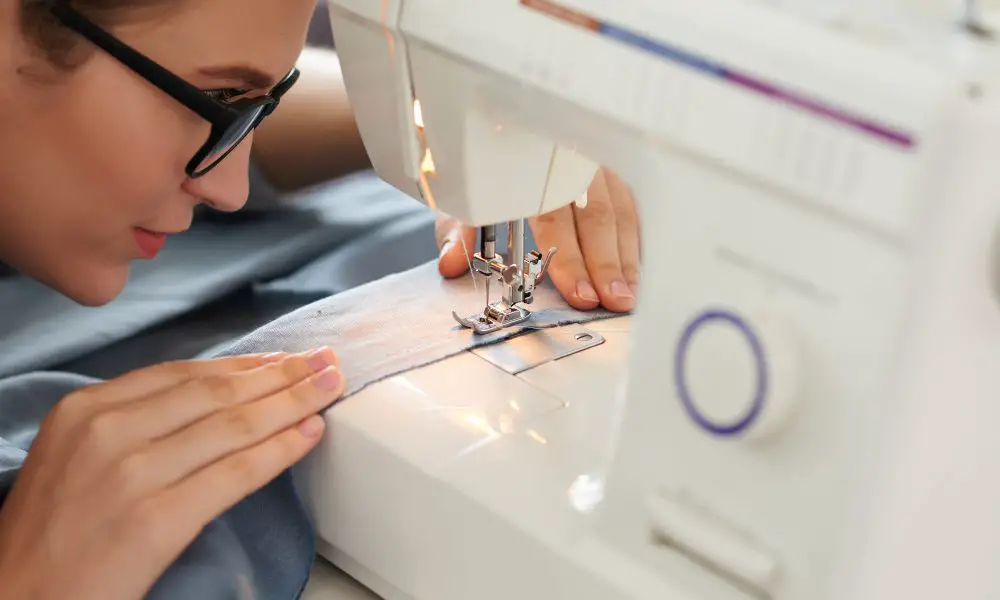Have you ever found yourself in a tangled web of frustration, grappling with the seemingly simple task of threading your sewing machine? Do not be afraid; threading can be mastered with practice and proper guidance. Buckle up, and let’s embark on a journey to unlock the secret of sewing success!
Demystifying the Process
Contrary to popular belief, threading a sewing machine is not an arcane ritual reserved for the initiated few. By breaking down the process into manageable steps and diligently following the manufacturer’s sewing machine manual, even novice sewists can easily navigate this intricate dance.
Gathering the Essentials
Before we dive into the intricacies of threading, let’s gather our trusty tools. You’ll need a high-quality spool of thread (polyester is a reliable choice), a bobbin and its accompanying bobbin case, a fresh sewing machine needle, and a handy needle threader if your machine is equipped with one.
Step-by-Step Guide to Threading Nirvana
Preparing the Upper Thread

Commence your threading odyssey by placing the thread spool securely on the spool pin, guiding the thread through the intricate maze of thread guides. With a deft touch, bring the thread towards the tension disc, engaging the take-up lever gently yet firmly.
The Bobbin Bootcamp
Mastering the bobbin is a rite of passage for any aspiring sewist. Wind the bobbin with a practiced hand, ensuring a smooth and even thread distribution. Secure the bobbin thread in its designated path within the bobbin compartment and then insert the wound bobbin into the bobbin case, careful not to miss any steps.
Conquering the Needle’s Eye
The pinnacle of the threading process lies in conquering the needle’s eye. Whether you choose to thread manually or enlist the aid of an automatic needle threader, raise the needle to its highest position and guide the needle thread from front to back, savoring the satisfaction of a perfectly threaded needle.
Troubleshooting Tangled Threads
Common Threading Pitfalls
Even the most seasoned sewists may encounter the occasional snarl or tangle. Incorrect thread tension, missed guides or levers, and frayed or poor-quality sewing thread can all contribute to threading woes.
Quick Fix Solutions
Fear not, for solutions abound! Consult your sewing machine manual, which is a trusted companion in times of need. If the tangle persists, embrace the therapeutic act of rethreading from the start. And, when all else fails, seek the wisdom of experienced sewists who can guide you through the tangled web with their wealth of knowledge.
Elevate Your Sewing Game
Explore Sewing Machine Brands
As you embark on your sewing journey, explore the vast array of sewing machine brands available. From the renowned Brother and Singer sewing machines to lesser-known gems, each brand offers unique features and specialties, catering to sewists of all levels and aspirations.
Sewing Projects to Try
With your newfound threading prowess, the world of sewing projects awaits. Begin with simple sewing patterns to build confidence, then gradually ascend to more complex designs, allowing your creativity to take flight with each stitch. The possibilities are endless, whether you’re tackling a straight stitch or intricate fabric patterns.
FAQs:
Should I rethread the sewing machine for every new project?
It’s generally recommended to rethread the sewing machine when starting a new sewing project, changing the thread color, or after encountering any issues with the current threading.
Can I use any thread for my sewing machine?
While you can use various types of threads, it’s best to refer to your sewing machine manual for the recommended thread weights and materials. Polyester thread is a popular choice for its strength and versatility.
How often should I change the needle on my sewing machine?
It is beneficial to change the needle after every 8 hours of sewing or whenever you observe indications of wear, like fraying fabric or skipped stitches.
What should I do if I can’t thread the needle manually?
An automatic needle threader is included in many contemporary sewing machines, which can be extremely helpful. If your machine doesn’t have one, you can use a needle threader tool or seek assistance from an experienced sewist.
Conclusion
Congratulations, you’ve navigated the intricate maze of threading your sewing machine! Remember, practice makes perfect, and with each sewing project, your skill will soar. Embrace the journey, revel in the satisfaction of perfectly threaded stitches, and let your creations be a testament to your hard-earned mastery.
Now, as you embark on your next sewing adventure, ponder this: What hidden depths of creativity and artistry lie within the simple act of threading a sewing machine, waiting to be unlocked by the curious and persistent sewist?
***
Main image: freepik




